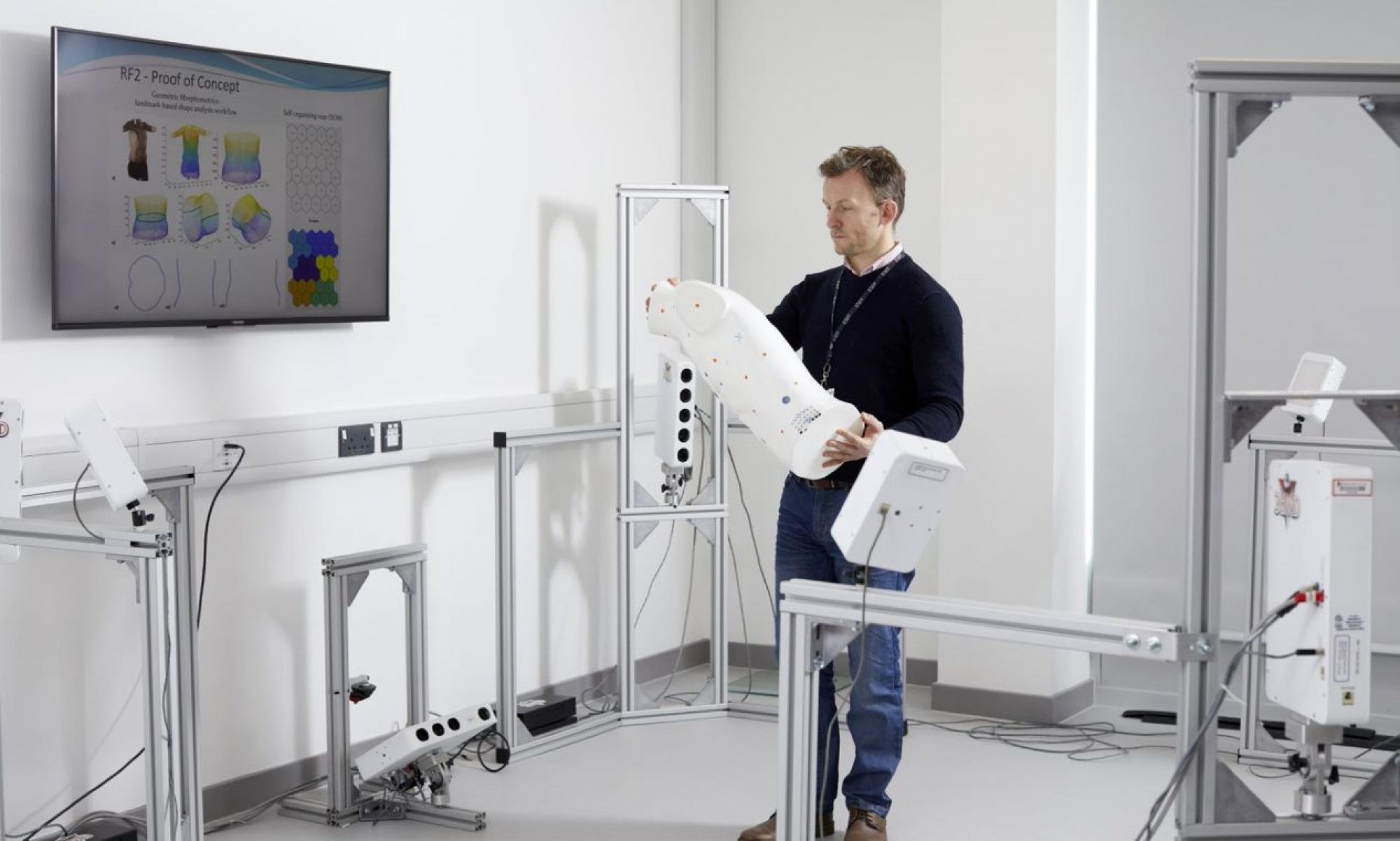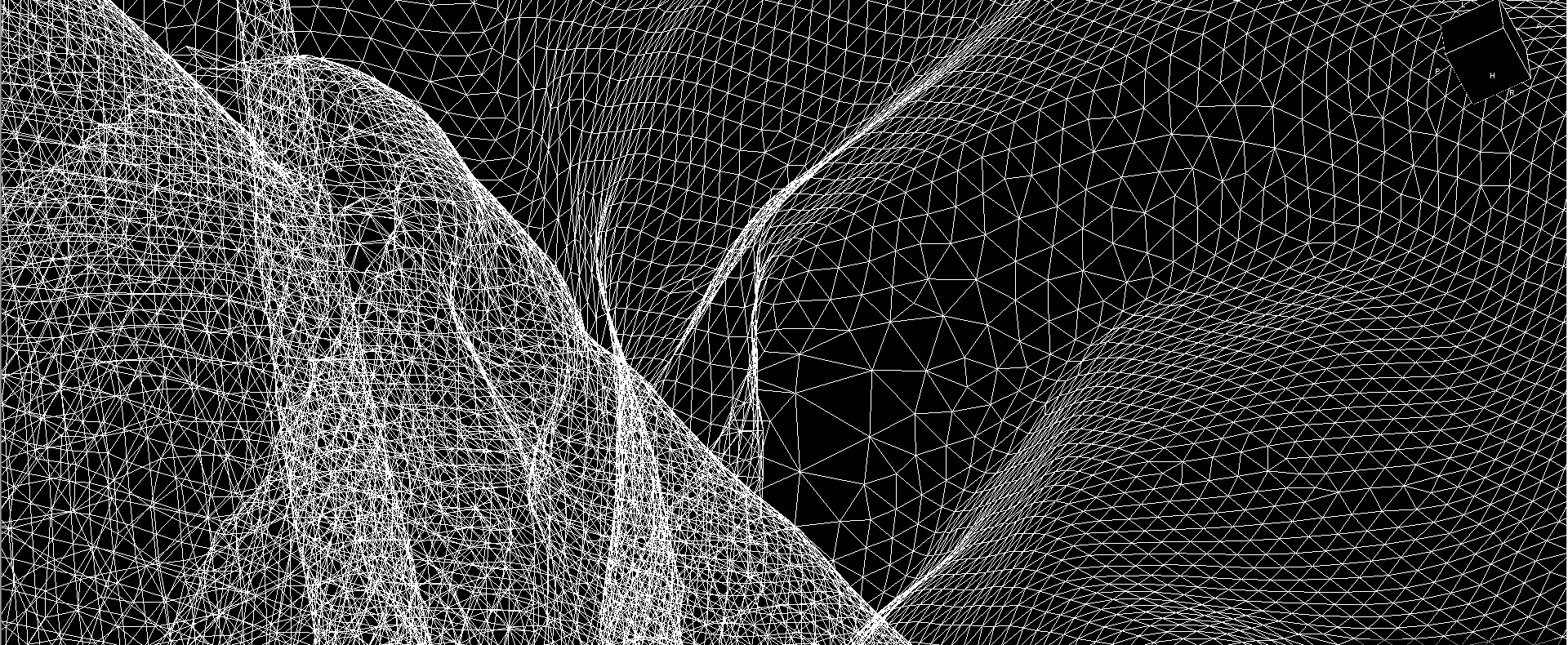Released in November 2025, the National Child Measurement Programme (NCMP) provides one of the most detailed insights into children’s growth across England. This summary outlines the latest findings and their implications for families, schools, and communities.
What is the NCMP – and why does it matter?
Every year, trained teams record the height and weight of Reception (ages 4–5) and Year 6 (ages 10–11) pupils in state-maintained schools. These measurements are used to calculate BMI centiles, supporting the monitoring of population-level trends in growth and body size. In 2024/25, 1,145,893 children were measured, achieving a 94.1% participation rate and providing a strong national overview.
While BMI is not a perfect measure for individuals, NCMP uses established centile cut-offs to monitor population patterns and inequalities, complementing other health surveys. According to OHID, population monitoring applies centiles to identify children at higher risk of entering clinically defined categories later, without assigning labels or diagnoses.
The headlines
The majority of children measured are within a healthy weight range: 75.4% in Reception and 62.2% in Year 6. At the same time, 10.5% of Reception children and 22.2% of Year 6 children are living with obesity – with severe obesity at 2.9% and 5.6%, respectively.
Compared to recent years, Reception shows a concerning uptick: excluding the pandemic peak, 2024/25 records one of the highest Reception obesity rates since measurements began. Year 6 obesity remains higher than pre‑pandemic levels and has not returned to earlier lows.
Participation is slightly higher than last year, strengthening confidence in these concerning trends.
It’s common to see higher obesity prevalence in Year 6 than Reception. Several factors contribute: cumulative exposure to environments that make nutritious choices harder, changes in physical activity opportunities as children get older, and transitions in school routines and food options. The NCMP trend charts show that while Reception prevalence hovered around 9–10% pre‑pandemic (with a spike in 2020/21), 2024/25 has ticked up to 10.5%, and Year 6 remains elevated at 22.2%.
Understanding BMI distributions (not just category cut‑offs) helps. OHID’s analysis shows shifts in the whole distribution, not only at the tails – evidence that population‑level drivers, rather than individual behaviours alone, are at play.
Inequalities: the gap is still wide – and in some places widening
Children living in the most deprived areas continue to face far higher risks. In Reception, obesity prevalence is 14.0% in the most deprived areas versus 6.9% in the least; in Year 6, it’s 29.3% versus 13.5%. The deprivation gap has widened compared with the early years of the programme.
Differences by ethnic group persist: the report highlights higher obesity prevalence among children from Black ethnic groups, and higher underweight prevalence among some South Asian groups (for example, Indian). These patterns reflect complex intersections of culture, food environments and socioeconomic circumstances.
Geographically, local authorities and regions vary – underlining the importance of local planning and targeted action. (OHID’s Fingertips profile is updated so councils and ICBs can explore their area’s trends over time.)
Should we trust the NCMP data?
NCMP is a powerful dataset, but it isn’t perfect. BMI centiles do not capture body composition or fat distribution – that’s a key reason researchers and clinicians explore complementary measures like waist‑based indices; still, those are better suited to clinical research than school settings. For population‑level monitoring, NCMP remains the most comprehensive, consistent system we have at the moment.
What does this mean for children and families?
Numbers can feel abstract. What matters is supporting every child to grow and thrive in nurturing environments. It is important to remember:
- Children are growing within diverse bodies. A single metric doesn’t define a child’s health, identity or potential. NCMP is designed for population monitoring, not individual diagnosis; families should be offered supportive, stigma‑free conversations when results are shared.
- The environments around children shape choices. Food availability, marketing, price promotions and the density of fast‑food outlets influence what’s on offer on the walk to school and at the end of a busy day. Policy groups like Nesta emphasise that focusing solely on “healthy food literacy” without changing the wider environment is unlikely to shift population trends.
- Health is multifaceted. It’s shaped by more than BMI – factors like access to nutritious food, opportunities for physical activity, air quality, housing, mental wellbeing, and community safety all play a role.
- Use NCMP letters as a conversation starter, not a label. If you receive results, ask for supportive guidance from school nurses or your GP. The aim is to promote wellbeing – sleep, food, movement and mental health – without stigma.
What helps – and where should effort focus?
As, child health challenges remain concentrated in the most deprived communities, and the modest progress seen in Reception in recent years has not been sustained – this year’s data shows those gains have reversed. Many, including the Obesity Health Alliance, are calling for comprehensive, system‑level action – not blame or shame. Such action would address the broader structures and environments that influence health, rather than focusing only on individual behaviour;
- Food environment regulation: Restricting marketing of high‑fat, salt and sugar foods to children (including online and in-store promotions).Setting nutritional standards for school meals and out‑of‑school food provision.
- Urban planning and transport: Designing walkable, safe streets and green spaces to encourage active travel and play. Improving access to affordable sports and recreation facilities.
- Economic and policy levers: Subsidising healthy foods and reviewing price promotions that make less nutritious options cheaper. Supporting families through benefits and cost‑of‑living measures that reduce food insecurity.
- Education and community support: Embedding health and wellbeing into school curricula without stigma. Co‑designing culturally sensitive weight management and wellbeing services with families.
- Cross‑sector collaboration: Aligning health, education, housing and transport policies so they work together to create healthier environments.
The 2024/25 NCMP data is a call to support children with person‑centred care and to reshape environments so that healthy growth is the default – everywhere, for everyone. The evidence is clear; consistent, community‑led action without stigma is needed.
Key take‑away messages
- Most children in England are within a healthy weight – 75.4% in Reception and 62.2% in Year 6 – but obesity affects 10.5% and 22.2%, respectively, with severe obesity at 2.9% and 5.6%.
- Reception obesity has risen in 2024/25, marking one of the highest rates outside the pandemic peak; Year 6 remains above pre‑pandemic levels.
- Inequalities are stark: children in the most deprived areas are about twice as likely to be living with obesity as those in the least deprived areas (Reception 14.0% vs 6.9%; Year 6 29.3% vs 13.5%).
- Differences by ethnic group persist, underscoring the need for culturally informed, person‑centred support and equitable environments.
- Population‑level drivers matter. Changing the wider food and activity environment is more effective than relying on education alone.
- NCMP remains a critical tool for local planning, with 94.1% participation providing robust evidence to guide action.
- NCMP data is a tool for action – not for stigma.
by Dr Alice Bullas (December 2025)








